Think America’s volcanoes are just fiery landscapes? Think again. Beneath the smoky peaks, a whole world of wildlife thrives—often in the most surprising places.
From the ash-covered slopes of Hawaii to the sulfuric vents in California, animals have adapted to some of the harshest environments on Earth. These volcano zones aren’t just for adventurers—they’re home to creatures that are tough, resilient, and often downright fascinating.
Imagine watching a rare bird soar above steaming craters or spotting a curious amphibian that calls volcanic rock its home. These unique ecosystems have created some of the most extraordinary wildlife experiences you can’t find anywhere else.
If you’re ready to meet the creatures that live on the edge of the Earth’s most explosive forces, you’re in for a journey unlike any other. Get ready for the wild side of volcanoes.
Nēnē (Hawaiian Goose)
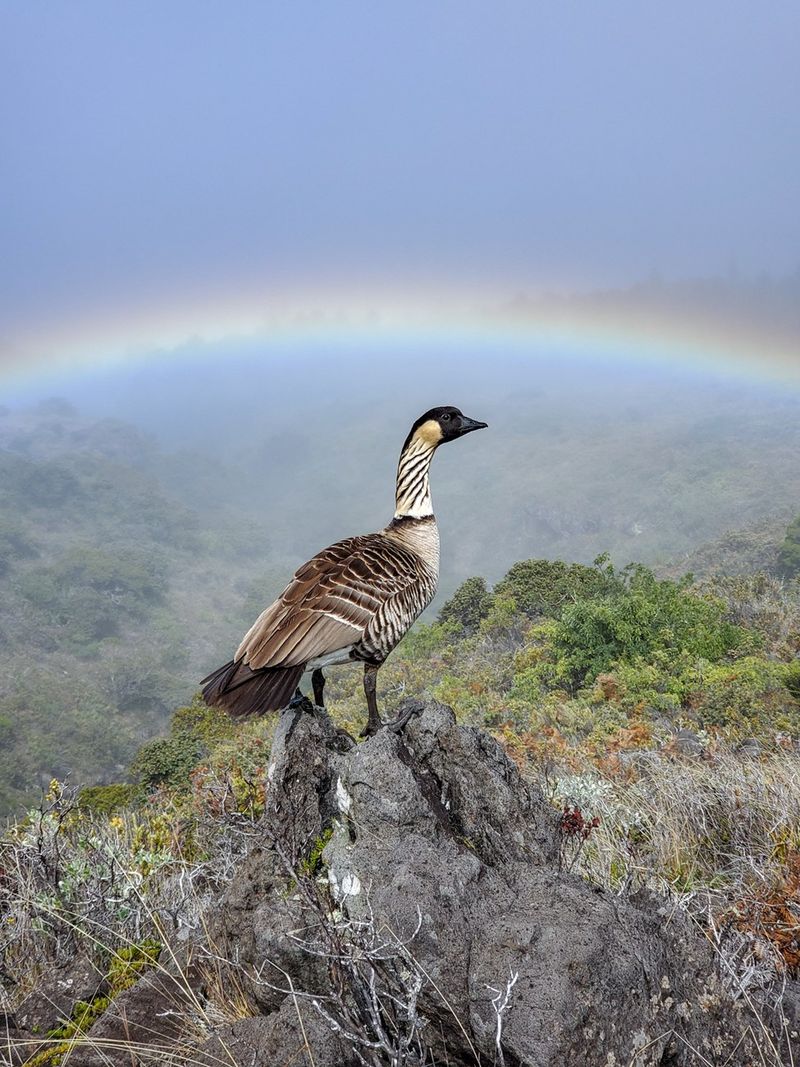
In Hawaii, the Nēnē, or Hawaiian Goose, thrives against the dramatic volcanic backdrops. With its strong, webbed feet adapted to rugged lava fields, it navigates the islands with ease. This state bird of Hawaii sports a striking black head and face with a buff-colored neck, patterned with intricate dark lines.
The Nēnē’s soft call echoes through the valleys, a gentle reminder of its once-endangered status. Conservation efforts have helped its numbers rebound, yet it remains a symbol of resilience.
Did you know? The Nēnē’s closest relative is the Canada Goose, despite its tropical home!
Yellowstone Cutthroat Trout
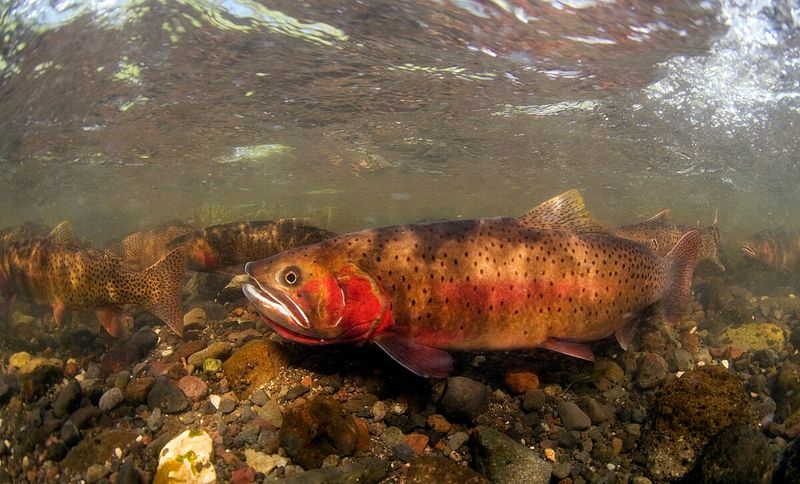
Yellowstone’s geothermal waters are home to the Yellowstone Cutthroat Trout. This fish, with its vibrant red slash on the throat, is a prized catch for anglers. Adapted to cold, mineral-rich waters, it thrives where few others can.
These trout play a crucial role in the park’s ecosystem, supporting a range of predators, from birds to bears. Their presence indicates the health of the aquatic environment.
Anglers often share tales of the trout’s elusive nature, making every catch a rewarding challenge. Protecting these waters ensures the cutthroat’s legacy endures for generations to come.
Galápagos Pink Land Iguana
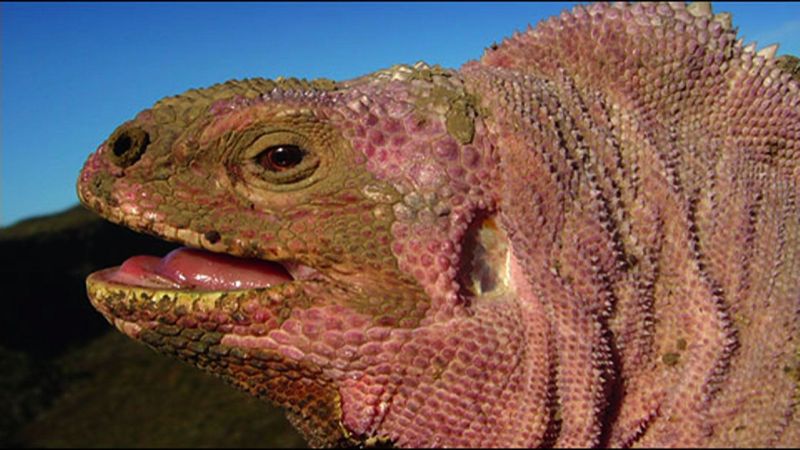
The Galápagos Pink Land Iguana, found on Wolf Volcano’s slopes, is a reptilian marvel. Its striking pink hue stands out against the dark volcanic rock, a natural camouflage from predators.
This iguana is critically endangered, with less than 200 individuals remaining. Scientists race against time to study and protect this rare creature.
Its diet mainly consists of cacti and other hardy plants that survive the arid landscape. The iguana’s existence is a testament to nature’s adaptability and the island’s unique evolutionary path.
Hawaiian Hoary Bat
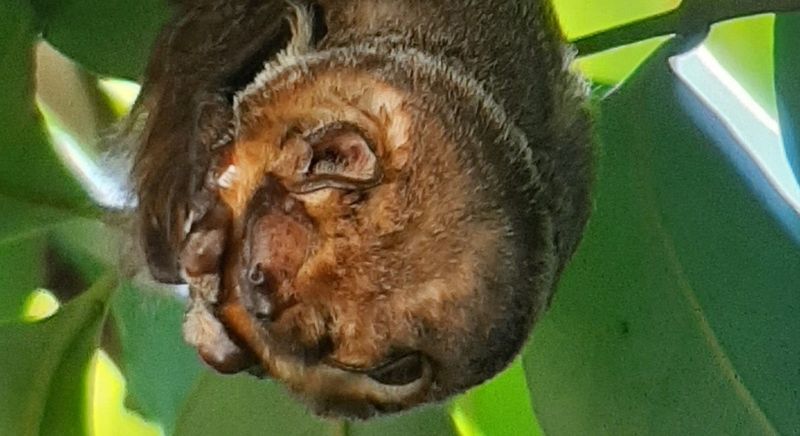
The Hawaiian Hoary Bat, or ‘ope‘ape‘a, is an enigmatic nocturnal creature. With a distinctive frosted appearance from its silver-tipped fur, it navigates the volcanic islands with grace.
Twilight is when this solitary hunter emerges, using echolocation to catch insects in mid-flight. Its presence is often only betrayed by a fleeting shadow against the moonlit sky.
Endemic to Hawaii, the hoary bat faces challenges from habitat loss and climate change. Conservation efforts are vital to protect this unique species, ensuring its mysterious flights continue.
Lava Lizards
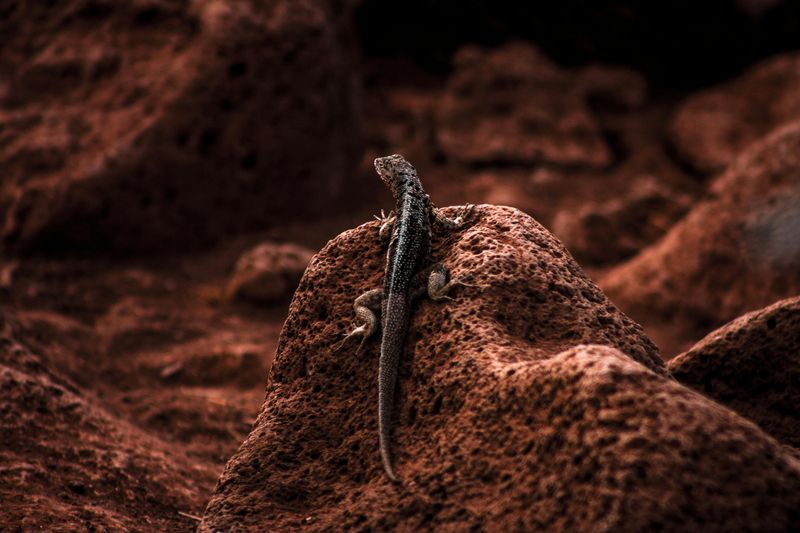
Lava Lizards, with their textured skin and vibrant colors, are true survivors of volcanic landscapes. Found across the Galápagos and Hawaii, these reptiles are masters of camouflage.
Their ability to blend with the rocky surroundings provides safety from predators. Agile and quick, they dart between crevices, basking in the sun to regulate body temperature.
Lava lizards play a crucial role in controlling insect populations, maintaining ecological balance. Their adaptability showcases the dynamic relationship between life and volcanic earth, a dance of survival and evolution.
Volcano Rabbit

The Volcano Rabbit, one of the world’s smallest rabbits, inhabits the high volcanic slopes of Mexico. With round ears and a diminutive size, it’s perfectly adapted to its environment.
Living in dense clumps of zacaton grass, these rabbits are shy, rarely seen by humans. Their population is threatened by habitat destruction, prompting conservation efforts.
This rabbit’s presence is crucial for local biodiversity, contributing to seed dispersal and soil health. Protecting its habitat ensures the preservation of this unique volcanic dweller and the intricate ecosystem it supports.
Hawaiian Monk Seal
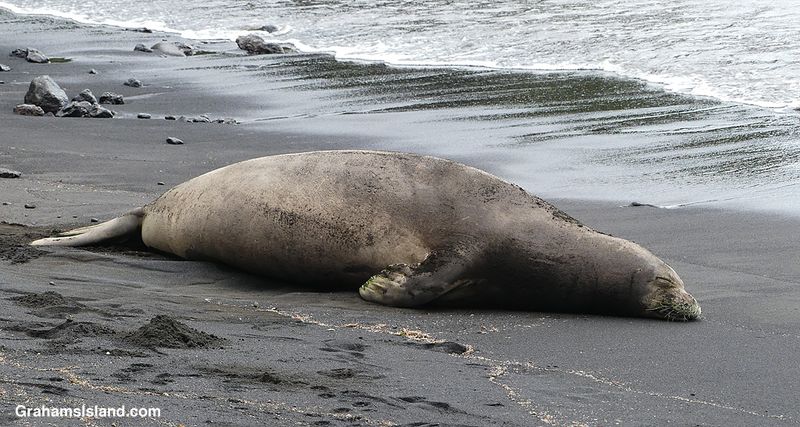
Hawaiian Monk Seals, with their sleek bodies and soulful eyes, are iconic marine mammals. Found on the volcanic beaches of Hawaii, they represent one of the most endangered seal species.
These seals spend their days basking on black sands or hunting in crystal-clear waters. Their diet consists of fish and invertebrates found around coral reefs and submerged volcanic formations.
Conservationists work tirelessly to protect their dwindling numbers from threats like habitat loss and human interference. The monk seal’s continued survival is crucial for maintaining the health of Hawaii’s marine ecosystems.
Hawaiian Hawk (‘Io)
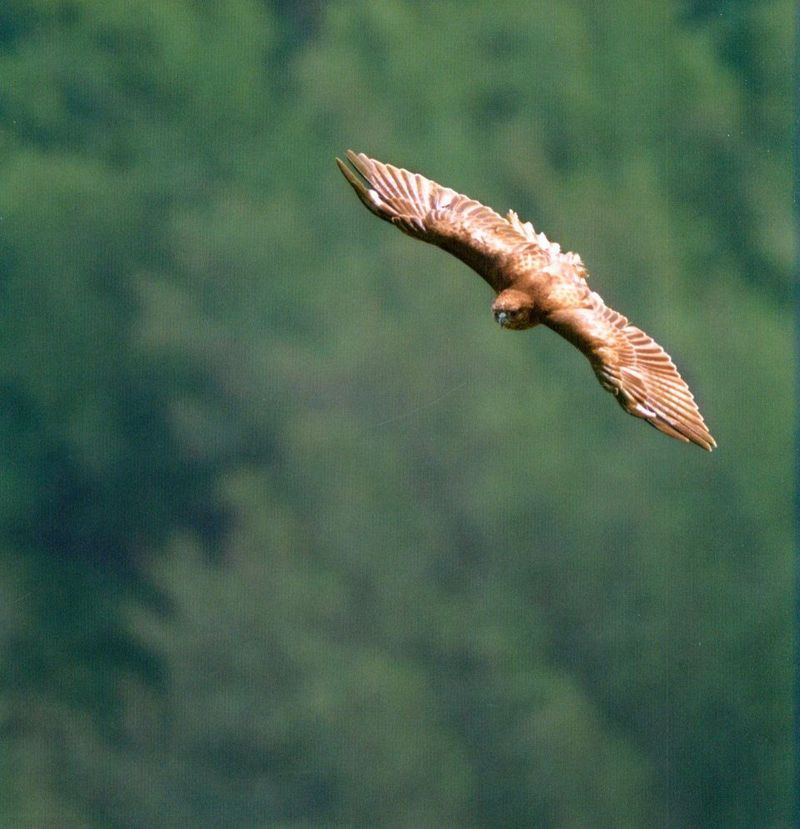
The Hawaiian Hawk, or ‘Io, is a majestic raptor soaring over the islands’ volcanic terrain. With sharp talons and a keen gaze, it rules the skies.
This hawk holds cultural significance, regarded as a symbol of royalty and spiritual messengers in Hawaiian mythology. Its call is a familiar sound in the forests near volcanic areas.
Despite its power, the ‘Io faces threats from habitat destruction and introduced species. Conservation efforts aim to protect this regal bird, ensuring its legacy continues to grace Hawaii’s skies.
Blue-footed Booby
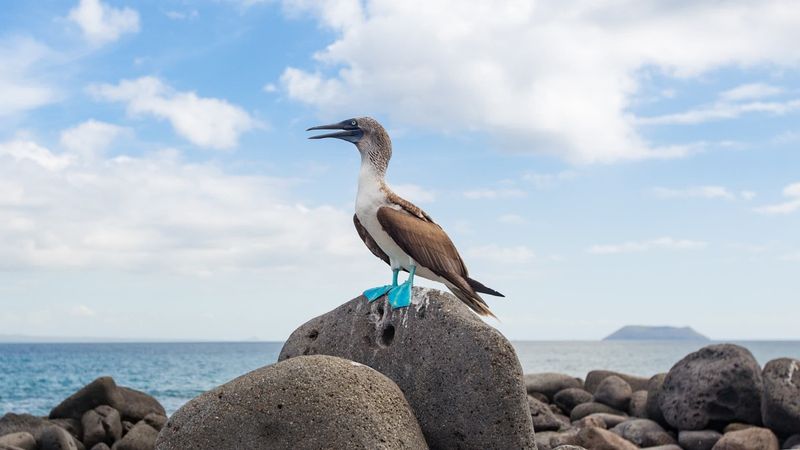
The Blue-footed Booby, with its striking azure feet, is a charismatic bird of the Galápagos volcanic shores. Its comical mating dance attracts attention, a spirited display in these rugged landscapes.
These seabirds are skilled hunters, diving into the ocean with precision to catch fish. Their presence indicates abundant marine life, essential for maintaining ecological balance.
Blue-footed Boobies are a major draw for wildlife enthusiasts and photographers. Their vibrant feet and playful nature make them ambassadors of the rich biodiversity found in volcanic zones.
Ringtail Cat

The Ringtail Cat, with its raccoon-like face and bushy tail, is a secretive inhabitant of the volcanic canyonlands of the American Southwest. Despite its name, it is more closely related to raccoons than cats.
Nocturnal by nature, this agile creature navigates rocky terrains with grace, using its tail for balance. Its diet is varied, ranging from insects to small mammals.
The ringtail’s adaptability makes it a vital part of the ecosystem, controlling pest populations. Its presence signifies a healthy, balanced environment in these rugged volcanic landscapes.

